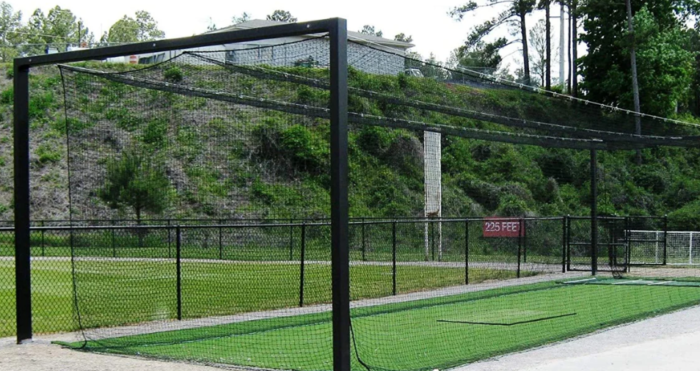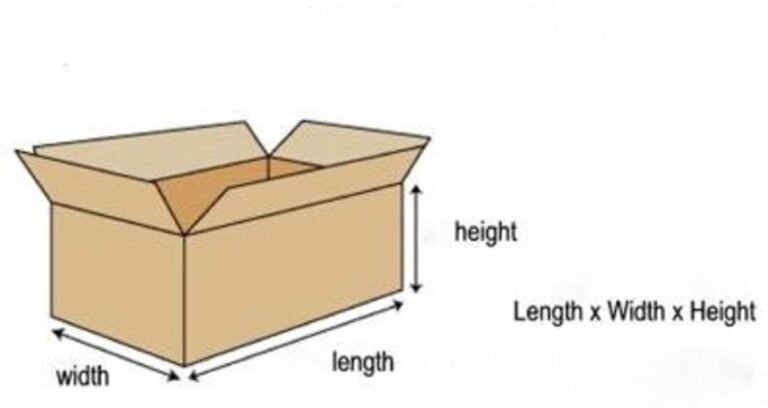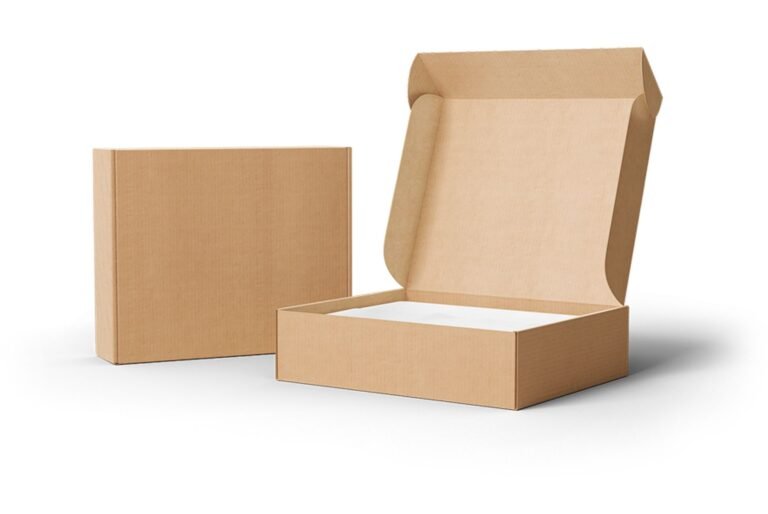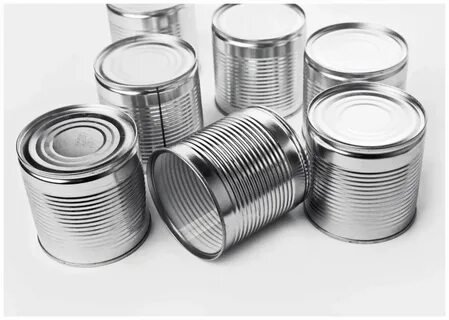Mastering the Game: The Role of Baseball Nets in Practice and Play
Baseball, often referred to as America’s pastime, requires precision, dedication, and the right tools to master. Among these tools, the humble baseball net plays a pivotal yet often overlooked role. Whether you’re a professional athlete, a coach, or an amateur enthusiast, a quality baseball net can significantly enhance your training sessions and overall performance. This article explores the multifaceted uses of baseball nets, their importance in practice, and tips for choosing the right one to suit your needs.
The Evolution of Baseball Nets: From Simple Barriers to High-Tech Tools
In the early days of baseball, players relied on makeshift barriers like fences or walls to contain errant balls during practice. As the sport evolved, so did the equipment. Modern baseball nets are designed with advanced materials and engineering to meet the demands of today’s players.
Key Features of Modern Baseball Nets
- Durable Materials: High-quality nets are typically made of nylon or polyester, offering excellent resistance to wear and tear.
- Portability: Many nets are lightweight and come with collapsible frames, making them easy to transport and set up.
- Versatility: Some nets are designed to handle multiple types of training, from batting practice to fielding drills.
- Weather Resistance: UV-treated and waterproof nets can withstand prolonged outdoor use.
Types of Baseball Nets and Their Applications
Baseball nets come in various designs, each tailored to specific aspects of the game. Here’s a breakdown of the most common types and their uses:
1. Batting Cages
Batting cages are enclosed nets that allow players to practice their swings without worrying about stray balls. These are indispensable for hitters aiming to perfect their technique.
Benefits:
- Contain all balls within a confined area.
- Allow players to practice independently.
- Provide a safe environment for batting practice.
2. Pitching Nets
Pitching nets often feature a strike zone target, helping pitchers hone their accuracy. They’re also useful for simulating game scenarios during solo practice sessions.
Benefits:
- Improve pitching precision.
- Protect against wild throws.
- Ideal for both beginners and advanced players.
3. L-Screen Nets
L-screen nets are primarily used to protect pitchers during batting practice. The “L” shape provides a shield while allowing the pitcher to deliver the ball unimpeded.
Benefits:
- Enhance safety during practice.
- Allow for closer pitching in a controlled environment.
- Durable construction for repeated use.
4. Rebound Nets
Rebound nets are designed to return the ball to the player, making them excellent for fielding drills. These nets help players develop quick reflexes and hand-eye coordination.
Benefits:
- Great for solo practice.
- Enhance reaction time and agility.
- Suitable for multiple sports beyond baseball.
Why Every Baseball Enthusiast Needs a Good Net
Enhancing Training Efficiency
A baseball net minimizes time spent retrieving balls, allowing players to focus on refining their skills. For teams, this efficiency translates to more productive practice sessions.
Improving Player Safety
Safety is paramount in any sport. Baseball nets act as protective barriers, reducing the risk of injuries from stray balls. This is particularly important for younger players and in crowded practice areas.
Versatility for All Skill Levels
Whether you’re a novice learning the basics or a seasoned pro, a baseball net adapts to your skill level. Adjustable nets and customizable features make them suitable for everyone.
Cost-Effective Investment
High-quality baseball nets offer durability and versatility, making them a worthwhile investment. With proper care, a good net can last for years, providing immense value for both individuals and teams.
Choosing the Right Baseball Net
With so many options available, selecting the right baseball net can be daunting. Here are some factors to consider:
1. Purpose
Identify your primary need. Are you focusing on batting, pitching, or fielding? Choose a net tailored to your specific training goals.
2. Size
Consider the available space for setup and storage. Larger nets are ideal for teams, while compact models work well for individual practice.
3. Material Quality
Opt for nets made of durable, weather-resistant materials. Check reviews and specifications to ensure the net can withstand rigorous use.
4. Portability
If you frequently move between practice locations, prioritize lightweight, collapsible nets that are easy to transport.
5. Budget
While it’s tempting to go for the cheapest option, investing in a high-quality net ensures longevity and better performance.
Maintenance Tips for Longevity
To get the most out of your baseball net, proper maintenance is essential. Here’s how you can keep your net in top condition:
- Regular Cleaning: Remove dirt and debris to prevent wear.
- Inspect for Damage: Check for holes or frayed edges and repair them promptly.
- Store Properly: When not in use, store the net in a dry, shaded area to avoid prolonged exposure to harsh weather.
- Use as Intended: Avoid overloading the net or using it for activities it wasn’t designed for.
Innovative Uses Beyond Baseball
Baseball nets are not limited to traditional training scenarios. Their versatility allows for creative applications:
- Multi-Sport Training: Use rebound nets for soccer or tennis drills.
- Home Safety: Install nets in the backyard to protect windows and gardens during practice.
- Event Barriers: Repurpose nets as temporary fencing for sports events or outdoor gatherings.
Conclusion: A Game-Changer for Every Player
Baseball nets are more than just practice tools; they’re enablers of progress and safety in the game. By choosing the right net and maintaining it well, players of all levels can elevate their training experience and achieve their goals. Whether you’re stepping onto the field for the first time or gearing up for a championship, a reliable baseball net is your silent ally, helping you master the game one pitch, swing, or catch at a time.






